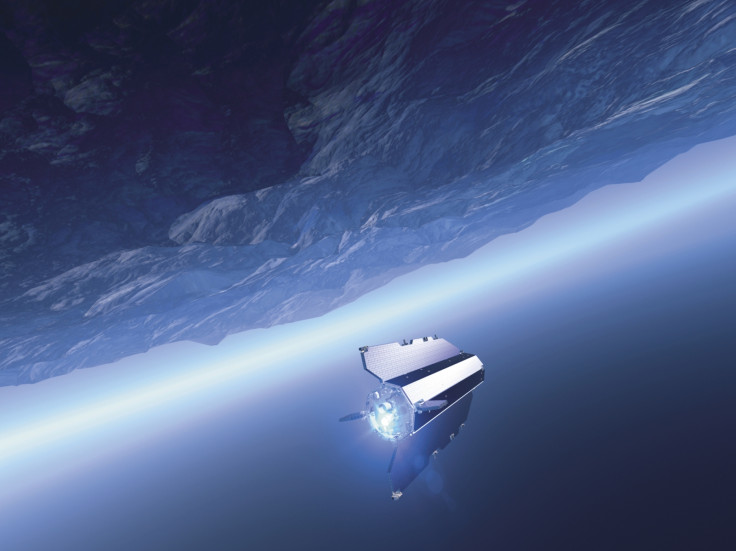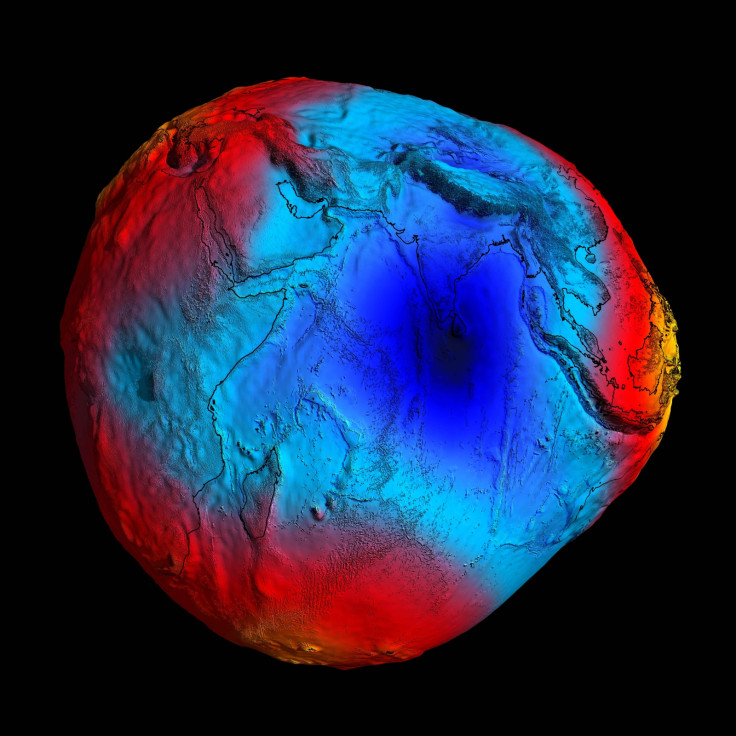Antarctica Records Gravity Dip Due to Loss of Ice Mass, Satellite Data Shows

A significant loss of ice from West Antarctica between 2009 and 2012 has caused a dip in the gravity field in the region, satellite data has revealed.
Gravity, which is a constant for the planet as a whole, actually varies slightly from place to place depending on factors such as the planet's rotation and the position of mountains and ocean trenches. In this case, the amount of ice too.
By combining the high-resolution gravity field measurements from the ESA's Goce satellite with that of the Grace satellite mission, scientists from the German Geodetic Research Institute, Delft University of Technology in the Netherlands, the Jet Propulsion Lab in USA and the Technical University of Munich in Germany found the decrease in the mass of ice during the period.
The dip in gravity is a minor issue here, but the fact that it was significant to be detected points to the ice loss being further confirmation that warming is changing the Antarctic.
Although the GOCE satellite is no more, its four years in orbit skirting the atmosphere resulted in a series of four gravity models. These models have been used to generate corresponding 'geoids' – the surface of a global ocean moulded by gravity alone.

GOCE's high-resolution data allowed the scientists to map changes in ice mass in small glacial systems.
Data from ESA's CryoSat satellite had shown recently a three-fold increase in the rate of ice loss since 2009 and a shrinking in volume by almost 400 cubic kilometres between 2011 and 2014.
Global sea levels can go up by 50 inches by the end of the century due to melting ice in west Antarctica.
© Copyright IBTimes 2025. All rights reserved.





















